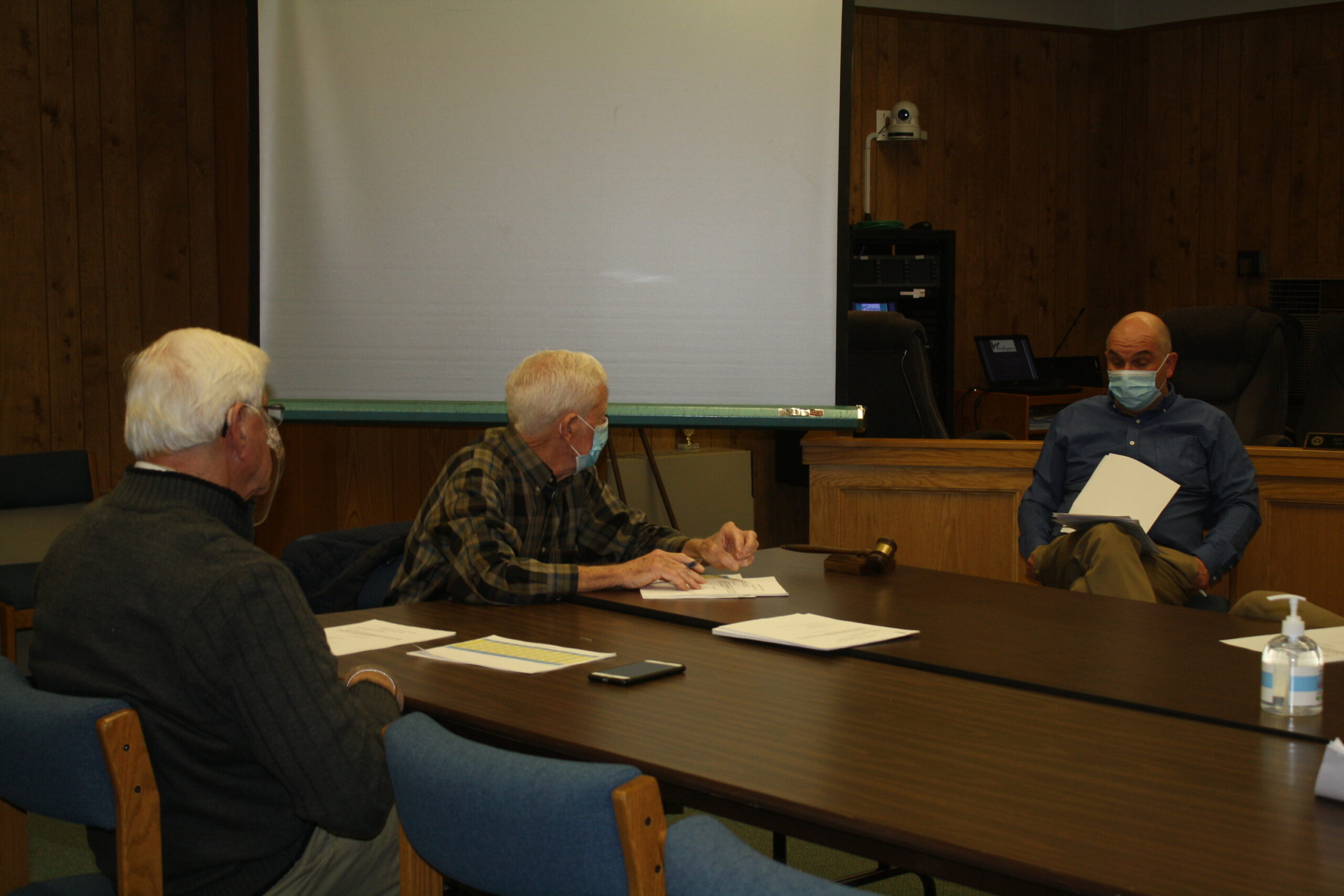
PRESQUE ISLE, Maine — With the rollout of the COVID-19 vaccine still in the early stages, the Presque Isle International Airport continues to see fewer passengers flying into and out of Presque Isle.
There were 68 percent fewer people boarding flights in December 2020 than in December 2019, Airport Director Scott Wardwell said during the latest Airport Advisory Board meeting. Overall flight boardings for 2020 were 60 percent lower than in 2019.
Flights at the airport boarded 265 individuals in January 2021 compared to 326 in December 2020, 333 in November and 514 in October. In March Wardwell expects that there will be seven arrivals to and seven departures from Washington Dulles International Airport and five arrivals to and five departures from Newark Liberty International Airport.
“We seem to be right there with Bangor [International Airport] as far as the reduction in passengers goes,” Wardwell said, noting that the Bangor airport saw a 62 percent reduction in passenger boardings in December 2020.
Given the prevalence of COVID-19 in Maine and across the country, Wardwell expects the number of people boarding flights to remain largely the same until enough vaccines are distributed and people begin to feel more comfortable flying.
“It all depends on the vaccine rollout,” Wardwell said. “At some point when the pandemic restrictions are lifted our numbers will go up, but it won’t be until the virus is under control.”
Despite the lower percentage of boardings, the airport saw its cancellation rate for January 2021 decline to zero percent compared to 6.3 percent in January 2020 and 18.9 percent in January 2019. Wardwell said that the higher percentage in January 2019 was due to hazardous winter weather.
The rate of on-time arrivals for the United Airlines jet flights also increased from 78.6 percent in January 2020 to 82.4 percent in January 2021.
“It shows that we’ve made significant progress on the reliability of flights,” Wardwell said, referring to the airport’s partnership with United Airlines.
Wardwell also updated the board on construction related to private hangar space, located next to the airport’s general aviation terminal. The five 42-foot-long spaces in the hangar will house privately owned, single-engine planes, and will not be affiliated with the United Airlines commercial jet flights.
The hangar project has been in the works since the early 2000s, but did not formally get off the ground until the airport received a $280,000 grant from the Northern Border Regional Commission, a federal and state economic and community development commission that funds projects in Maine, New Hampshire, Vermont and New York.
“Monthly rent payments from the aircraft owners will bring in $350 for each of the five spaces,” Wardwell said. “The real benefit comes from providing the hangar space for physicians looking to relocate in the area and other private aircraft owners. The local hospitals have said that it helps when they’re looking to recruit physicians.”
Around 95 percent of the hangar construction has been completed, with the paving of the hangar ramp serving as the last major piece of the project. The project is expected to be finished this coming spring.






